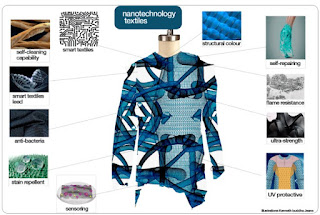Spatial Thinking and the Foundation of Thought
The video presentation is a talk by Barbara Tversky for SEMF's 2022 Spacious Spatiality event. The talk abstract is as follows:All creatures must move and act in space to survive. The elementary act is to approach or to avoid, an inherently emotional act. In mammals, place cells in hippocampus cull multi-sensory information to represent places; they are spatially arrayed one synapse away in grid cells in entorhinal cortex. In people, place cells also represent events, people, and ideas and grid cells array them in temporal, social, and conceptual spaces. The spatial foundation of thought is evident in expression of thought, in gesture, diagrams, and language, with implications for design, creativity, and cooperation.
There is a more detailed HTC post on Grid Cells and Cortical Maps that includes a lecture by Novel Prize winner May-Britt Moser that details the hippocampus cell and entorhinal cortex research that Barbara mentions in the talk.
Jeff Hawkins of Numenta mentions this same material in his thousand brains theory of intelligence (along with associated cortical mirco-column model) in this HTC post.
The background material for understanding Hawkins theory is detailed by Nobrl Laureate Evard Moser in this HTC post.
Observations:
1: I feel like there is something fundamentally missing from current ai models based on text statistical analysis with transformers every time i get exposed to cognitive and neuroscience studies of spatial thinking.



Comments
Post a Comment